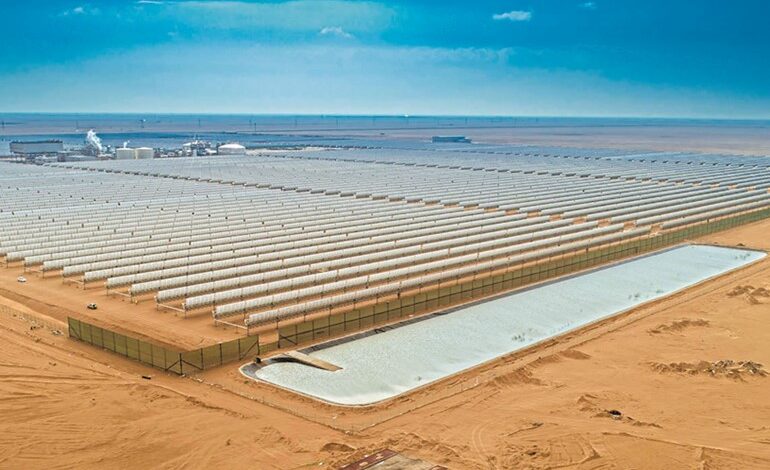Kuwait sparks power surge with 3,300 MWs fossil fuel projects
The capacity of planned and unanchored projects in Kuwait is 21,250 megawatts through fossil fuel plants compared to 5,630 megawatts of solar energy.

• Solar power accounts for nearly 45% of the total planned capacity, followed by fossil fuel-powered power plants with a share of about 24%.
• Planned wind power capacity amounts to approximately 59 gigawatts, equivalent to the expected output from primarily gas-fired power plants.
• Despite the growing demand for renewable energy, fossil-fuel power plants account for nearly 46% of the capacity under construction across the MENA region.
According to MEED magazine, solar and wind energy constitute two-thirds of the planned energy capacity across Middle East and North Africa (MENA) region.
Economic growth, energy diversification goals, net-zero targets and upcoming low-carbon hydrogen projects have collectively driven power generation projects in the MENA region to approximately 250 GW across various technologies, as reported by Al-Anba newspaper.
Solar power accounts for nearly 45% of the total planned capacity, followed by fossil fuel-powered power plants with a share of about 24%, according to data from Med Projects, which tracks regional projects.
In this context, the magazine said that Kuwait has projects under implementation that will work on fossil fuels to generate energy estimated at about 3,300 megawatts, while the capacity of planned and unanchored projects is 21,250 megawatts through fossil fuel plants compared to 5,630 megawatts of solar energy.
According to the magazine, planned wind power capacity amounts to approximately 59 gigawatts, equivalent to the expected output from primarily gas-fired power plants. Nuclear power accounts for the remaining 7.5%.
Saudi Arabia, including the NEOM project, represents the largest potential market with plans to generate over 55 GW, followed by Morocco (51 GW) and Egypt (35 GW).
The development of planned green hydrogen projects in Morocco and Egypt has further bolstered the establishment of large-scale renewable energy projects in these countries.
Kuwait, Iraq, Iran, Algeria, and the United Arab Emirates are also offering significant opportunities for major projects in power generation.
Gas-fired power plants are undergoing a recovery after four years of slow growth, during which many countries prioritized planning and implementing renewable energy projects.
All GCC countries, except Oman, are either constructing or planning to build large gas-fired capacity to bolster the foundational load, given the increasing emergence of renewable energy capabilities.
Despite the growing demand for renewable energy, fossil-fuel power plants account for nearly 46% of the capacity under construction across the MENA region.
Power plants primarily using natural gas as raw materials represent an estimated 45 gigawatts out of the total 99.5 gigawatts of power generation capacity under construction across the region.















